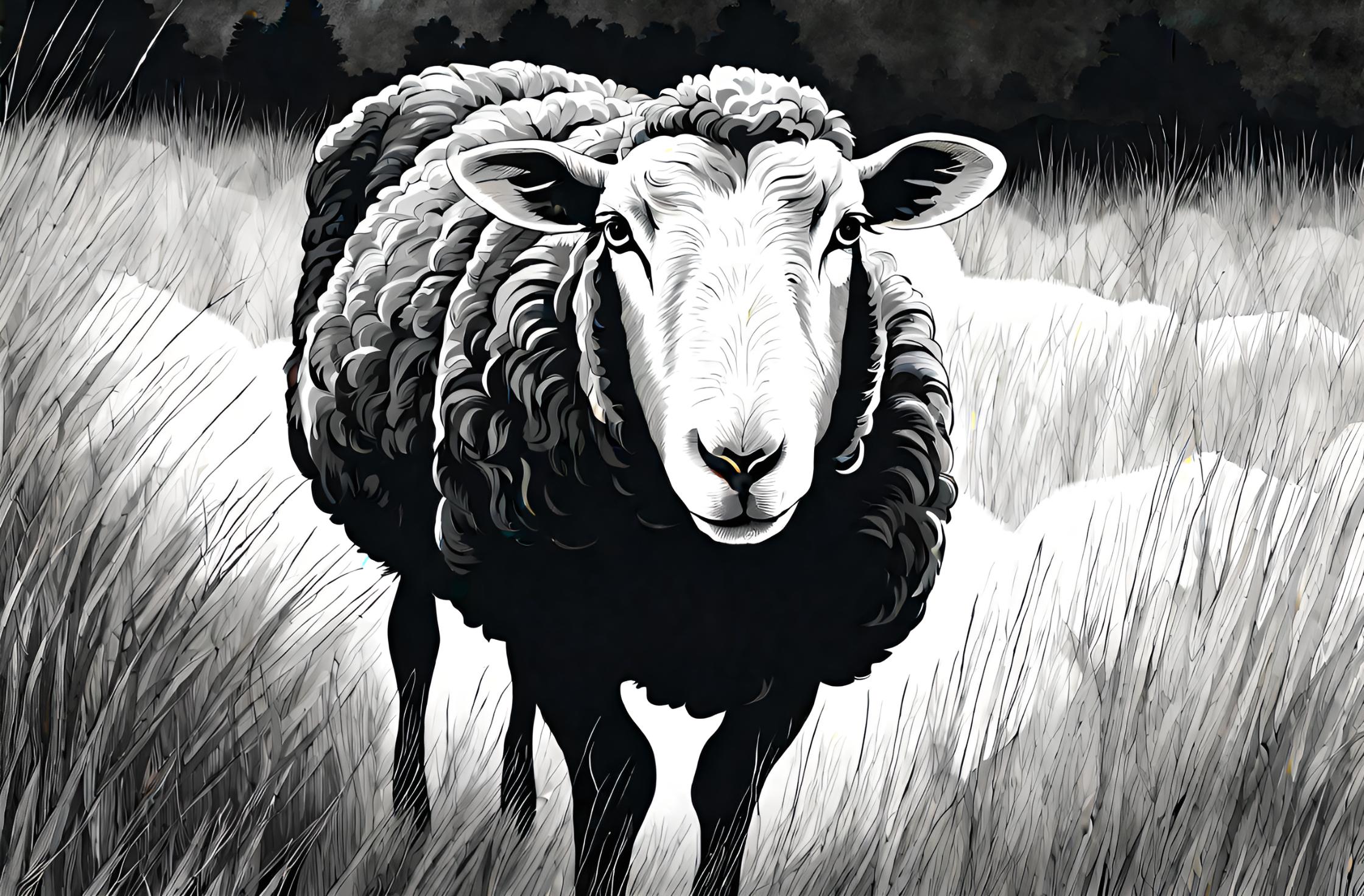Flashback to July 5
World History

On June 14, 1846, a significant event took place in Sonoma, California, that would change the course of history. Anglo settlers in Sonoma initiated the Bear Flag Revolt, a rebellion against Mexico, ultimately leading to the proclamation of the California Republic. This event marked a pivotal moment in California’s journey to statehood and the shaping of its unique identity.
At the time, California was under Mexican rule, and tensions were rising between the Mexican government and the American settlers. These Anglo settlers, known as Californios, were motivated by various factors, such as political differences, economic concerns, and cultural clashes. They felt marginalized and sought to establish their independence.
Led by a small group of about thirty men, including William B. Ide, Ezekiel Merritt, and John Grigsby, the rebels seized control of the Sonoma Plaza and the Mexican garrison. They dismantled the Mexican flag and raised the Bear Flag, which featured a grizzly bear and a lone star, symbolizing their desire for an independent California.
The Bear Flag Revolt was not just a rebellion against Mexico but also a declaration of the desire for self-governance. The rebels drafted the “Bear Flag Declaration” outlining their grievances and aspirations. They sought to establish an independent republic, separate from both Mexico and the United States.
The timing of the Bear Flag Revolt was no coincidence. It occurred shortly after the outbreak of the Mexican-American War and the U.S. declaration of war against Mexico. The rebels hoped to leverage the chaotic situation and secure support from the American military.
However, their ambitions for an independent California were short-lived. Just a few weeks later, on July 9, 1846, U.S. forces under the command of Commodore John D. Sloat occupied Monterey, effectively ending the Bear Flag Republic. The U.S. flag was raised, and California became a territory under American control.
Nonetheless, the Bear Flag Revolt played a significant role in California’s history. It foreshadowed the transition of California from Mexican rule to American control. The events of 1846 laid the foundation for California’s eventual statehood, which would occur in 1850.
The Bear Flag Revolt also had lasting cultural impacts. The Bear Flag, which originally symbolized the desire for an independent California, would later become a state symbol. In 1911, it was officially adopted as the official state flag, showcasing California’s distinctive history and identity.
Today, the Bear Flag Revolt is remembered as a pivotal event in California’s journey to statehood and the shaping of its unique character. It serves as a reminder of the diverse heritage and struggles that have defined the state throughout history.
the Bear Flag Revolt of June 14, 1846, marked the beginning of a rebellion by Anglo settlers in Sonoma, California, against Mexican rule. It was a declaration of the desire for an independent California. Although short-lived, the Bear Flag Revolt played a crucial role in California’s history and served as a catalyst for its eventual statehood. The events of 1846 continue to be commemorated, reminding us of the rich, diverse, and resilient history of the Golden State.
We strive for accuracy. If you see something that doesn't look right, click here to contact us!
Sponsored Content

Dolly the sheep (code-named…
On July 5, 1996,…

A Deutsch discovers asteroid…
On July 5, 1929,…

Walter Gropius, architect (found…
On 7/5/1969, Walter Gropius,…

The coat of arms…
On July 5, 1878,…

Admiral Charles Napier defeats…
On 7/5/1833, Admiral Charles…

Korean War: Task Force…
On July 5, 1950,…

